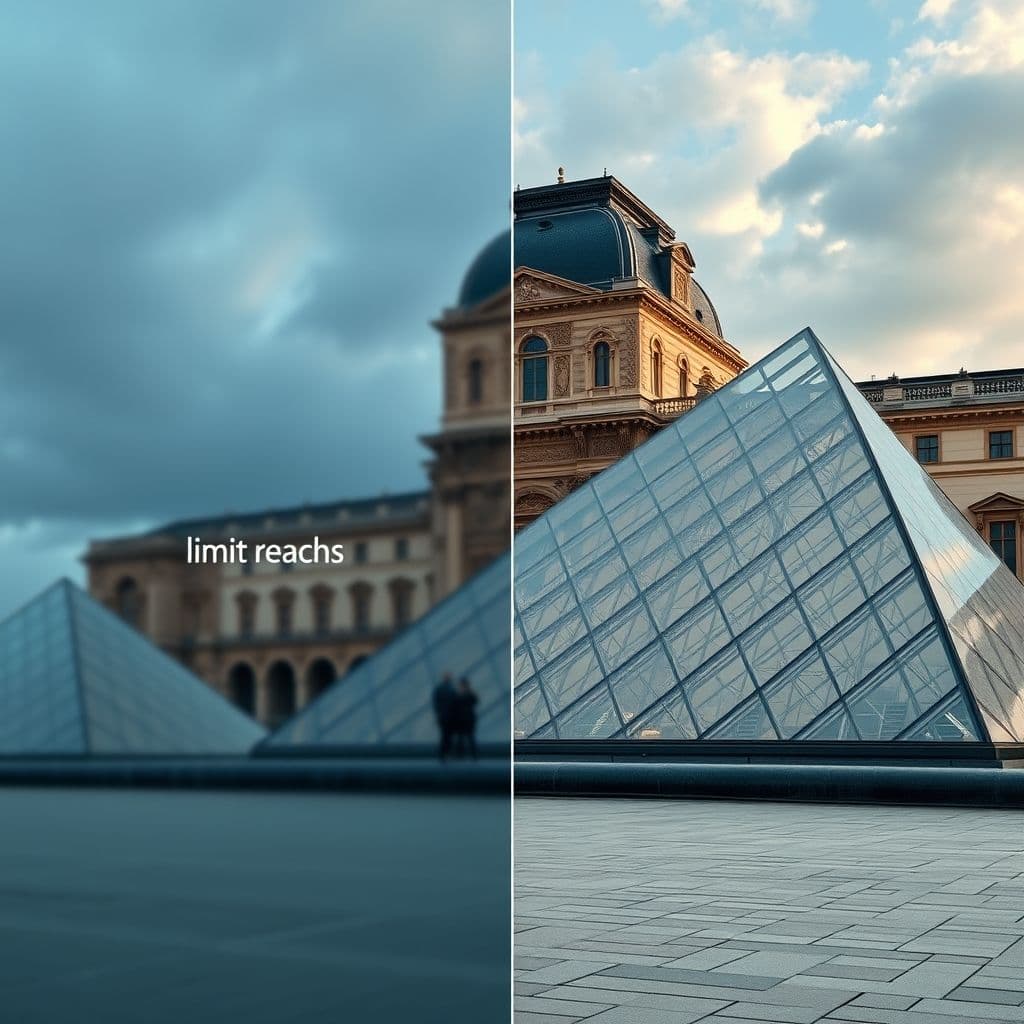ChatGPT Image Generation Frustrations: A Better SaaS Solution Idea

ChatGPT's image generation feature has amazed many with its capabilities, but users are increasingly frustrated by its limitations. From payment requirements to access issues, the current system leaves much to be desired. Let's explore these pain points and imagine a better SaaS solution that could revolutionize AI-powered image creation.
The Problem: Limitations of Current AI Image Generation
While ChatGPT's image generation feature shows impressive capabilities, users report numerous frustrations. The most common complaints include strict limitations on the number of images that can be generated per day (often just one or three), mandatory payment requirements that aren't clearly communicated upfront, and geographical restrictions that block access in certain countries like Venezuela. Many users feel misled when they discover these limitations after their initial free trial.
Additional concerns include slow processing times, device compatibility issues (currently limited to iOS devices), and fears about data privacy. Some users worry the service might be collecting personal information or could be vulnerable to hacking. These barriers prevent many creative professionals and enthusiasts from fully utilizing the technology for their projects.

SaaS Solution Idea: Unlimited AI Image Generation Platform
Imagine a dedicated SaaS platform designed specifically for AI-powered image generation without these frustrating limitations. This hypothetical solution would offer truly unlimited image creation at an affordable, transparent subscription price. The platform could feature batch processing capabilities, allowing users to generate multiple variations of an image simultaneously, saving valuable time for content creators and designers.
Key features might include cross-platform compatibility (working seamlessly on Android, iOS, and desktop), faster processing through optimized algorithms, and clear privacy policies that protect user data. The service could offer tiered pricing based on resolution needs or advanced features like style transfers, while maintaining an accessible free tier with reasonable limits.

Potential Use Cases and Benefits
Such a platform could revolutionize workflows for numerous professionals. Social media managers could create endless variations of thumbnails and posts. Interior designers could rapidly prototype room redesigns. Content creators could generate custom illustrations without artistic skills. The key benefit would be removing the anxiety of hitting artificial limits during creative sessions.
Additional value could come from specialized tools like brand consistency features (maintaining color schemes across generations), collaborative workspaces for teams, and export options optimized for different platforms. By focusing exclusively on image generation rather than being an add-on to a text AI, the service could offer deeper customization and better results.
Conclusion
While current AI image generation tools show promise, their limitations create significant frustration for users. A dedicated SaaS solution focusing on unlimited, accessible, and affordable image creation could fill this gap in the market. Such a platform would empower creators rather than restrict them, potentially becoming an essential tool in the digital content creation toolkit.
Frequently Asked Questions
- How difficult would it be to develop this unlimited image generation SaaS?
- Developing such a platform would require significant computational resources for image processing, but could leverage existing AI models with optimizations for batch processing and efficiency. The main challenges would be cost management for unlimited generations and ensuring fast response times at scale.
- What would prevent this service from facing the same limitations as ChatGPT?
- By focusing exclusively on image generation (rather than being part of a general AI system), the hypothetical SaaS could optimize its infrastructure specifically for this purpose. A dedicated business model with clear pricing tiers could make unlimited generations financially sustainable.
- How could this service ensure better accessibility than current options?
- The solution could offer true cross-platform compatibility, lighter mobile apps for lower-end devices, and region-specific pricing to make it accessible globally. Offline processing options could help users in areas with poor internet connectivity.


